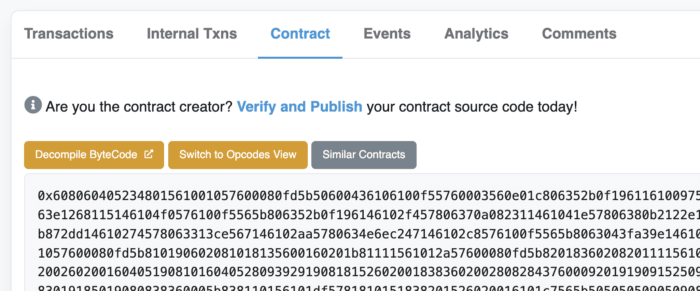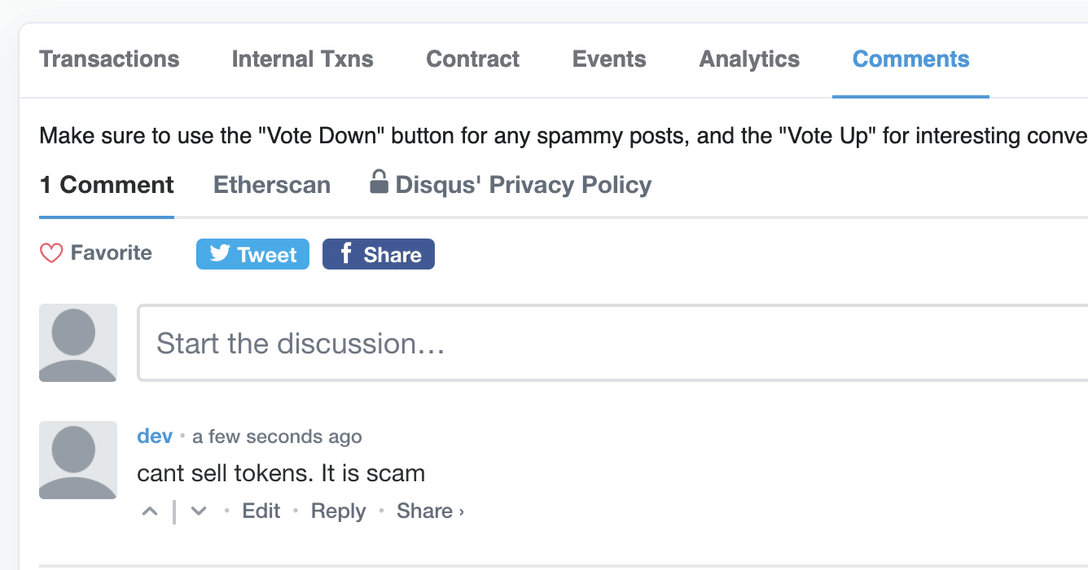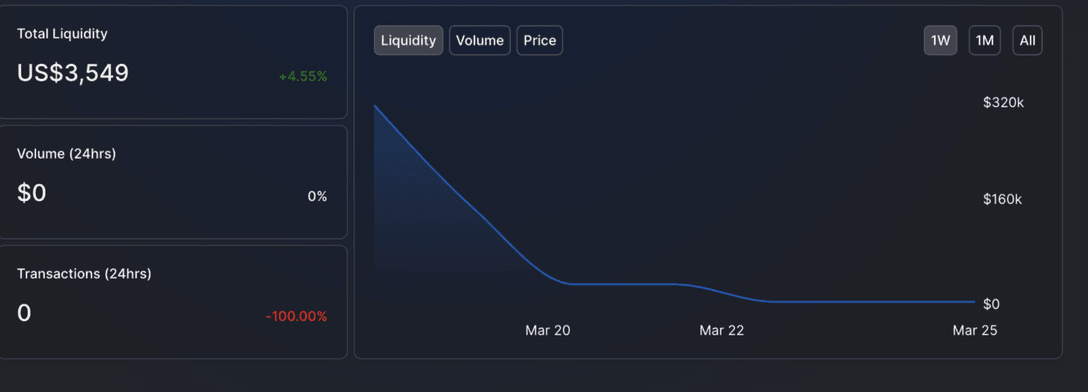The blockchain is awash with promises of quick money and easy rides. But it pays to know if the token you’re holding is part of an elaborate scam to separate you from your hard-earned cash. There are eight straightforward ways of carrying out your due diligence to avoid fraudsters and con artists.
In various places across the internet, you’ll find the same message:
Do Your Own Research!
Cyber security experts
You’re given this advice without instructions on how to do it or what to look for. It takes experience and knowledge to identify exploits and rug pulls.
So here’s a checklist to help you decide if a token is worth looking at or if it contains strong signals of a token scam.
This article covers the Ethereum network but the same methods with alternative tools will work for other blockchains.
Note: you can find a token’s address by look at the associated website or going to Etherscan and typing the token’s name into the search bar.
1. Start from the very basics
To verify the legitimacy of a token, you can always start with the most accessible ways, such as Google search and Twitter. This involves researching the token and its team, checking for any red flags or warning signs, and seeking out trusted sources of information, such as official websites, news articles, and verified social media accounts.
1.1 Check for social media red flags
Verified Twitter accounts can often help prove the legitimacy of this project. In addition, you can participate in discussions about the tokens to get a sense of the community’s views and opinions.
Also, be cautious of projects that have a high volume of followers on social media but very little engagement.
1.2 Check for the token’s address in a Google search
If you do an internet search and can’t find a clear homepage, “white paper” or obvious token purpose, it is probably a scam.


2. Check code is verified on Etherscan
Visit Etherscan and check a token’s code.


If code is not verified, you’re probably dealing with a scam. The reason that scammers do not reveal their code is if has problems, or bugs, or has a purpose other than the stated one.
3. Check the Etherscan comments section
If someone is calling it a scam, it is 99% certain to be a scam. If you have been a victim of this activity, do not hesitate to also leave a comment.
Again, go to Etherscan and click on the comments tab to read what people are saying about a token.


4. Check the DappRadar blacklists
Our token blacklists can be found at this Github address.
If the token address is in the list, it’s a scam.
5. Check the token details in a token explorer
If you cannot find the token on CoinGecko or DappRadar’s token explorer (or a similar coin price tracker), the token is probably a scam.
If it is on the token explorer and you see warning notifications like this, proceed with caution:


All legit tokens share their information with Token Explorers for the purposes of verification.
6. Check how many exchanges host the token
If the token is only traded on a couple of decentralized exchanges (dex), it is almost certainly a scam.


7. Check the amount of liquidity in a token’s balance pool
It is very easy to check a token’s liquidity on a platform like Uniswap V2 or other dexes.
Liquidity is the amount of cryptocurrency or number of tokens locked in smart contracts to enable people to buy and sell assets in decentralized exchanges.


If liquidity is less than $100,000 or is dropping at a significant rate, you’re probably looking at a scam.
While you’re using a dex, be sure to check other basic on-chain activity:
- Transactions volumes – the amount of tokens being swapped, often in dollar value.
- Transactions counts – the number of token swaps.
- Unique active wallets interacting with the smart contracts – the number of users connecting to a dex with their Web3 wallet.
If any of these seem unusual, do a bit more digging.
8. Check third party analysis tools
Here are a few token analysis tools:
- Smell Test – this does an automated audit of the token. The lower its score out of 100, the more likely the token is a scam.
- Is it a Honeypot scam? Honeypots are smart contracts with an obvious programming flaw purposefully inserted into them. When attackers attempt to exploit the flaw, another piece of hidden code is activated and essentially attacks the attackers. Whether or not you plan on becoming a crypto hacker, honeypots should always be avoided.
- Learn the basics of DEXtools. It records live token prices and will help you evaluate a token’s true worth in real time.
Scammers will always exist, whether it’s on the blockchain or out in the real world. Follow these tips, and you should avoid the fake tokens designed to take your money.
https://dappradar.com/blog/8-ways-to-check-if-its-a-token-scam






All Comments